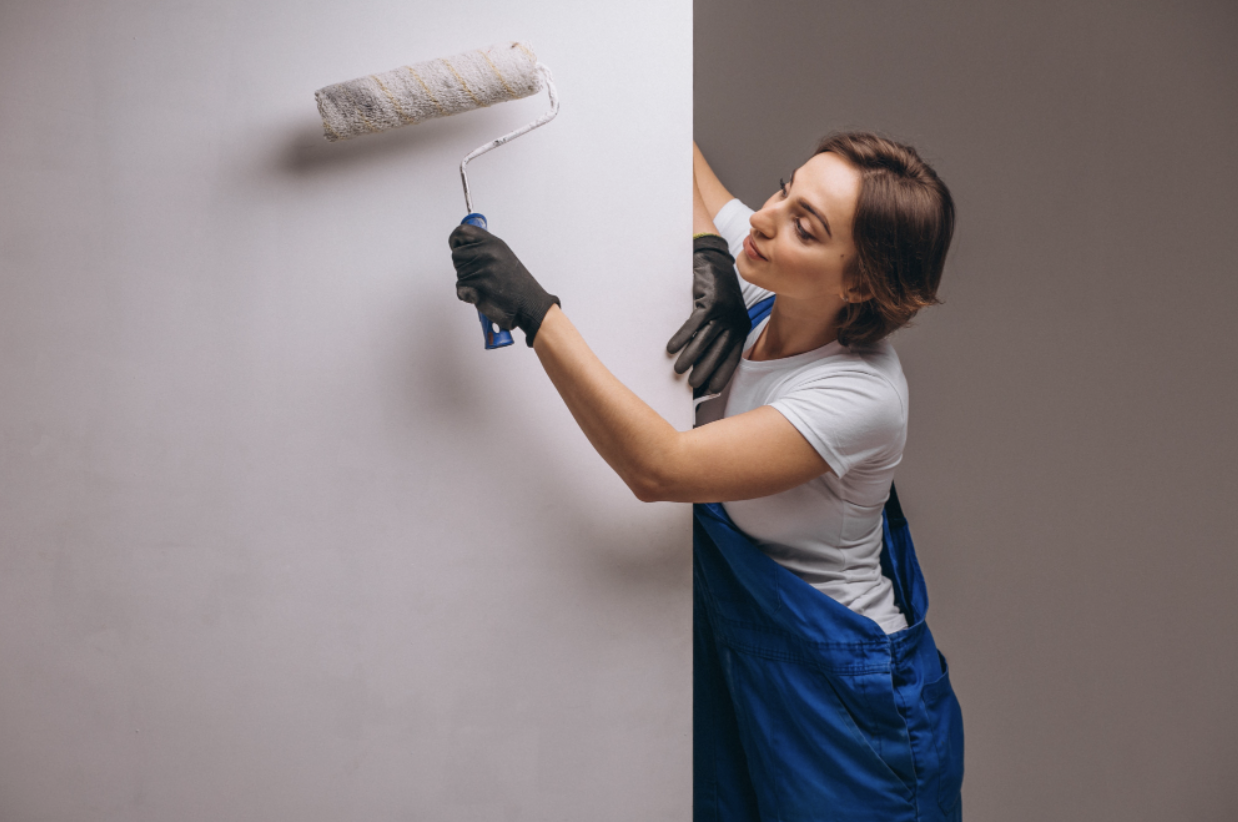You’ve chosen the perfect paint color. You’ve invested in high-quality paint. You’re ready to transform your walls. But there’s one crucial step that makes all the difference between a paint job that lasts for years. Then, there’s one that disappoints before you’ve even had a chance to admire it.
It’s all about proper surface preparation.
No matter how skilled the painter or how expensive the paint is, skipping this step can lead to peeling, cracking, and fading. It all happens much sooner than you think. Most disappointing results come down to one thing: surface preparation mistakes that ruin paint jobs before they even begin.
Let’s break down the importance of surface prep before painting—and how getting it right can save you money, time, and stress.
How to Properly Prep Walls for Painting
Here’s a quick step-by-step that pros swear by:
Clean It Like You Mean It
Even if your walls look fine, there’s dust, oil, and who-knows-what sitting on them. Grab a mild detergent, and a sponge, and get scrubbing. Pay extra attention to kitchens and bathrooms—grease and moisture love to hang out there.
Fill In the Flaws
Tiny nail holes, cracks, dents… they seem small, but once you paint over them? They’ll stand out like a sore thumb. Use filler or putty, let it dry, and sand it smooth.
Sanding and Priming Tips (The Secret Sauce)
Sanding isn’t optional. Use fine-grit sandpaper to smooth out surfaces and give the paint something to grip. Then apply primer—especially if you’re painting over dark colors or fresh drywall.
Protect What Matters
Cover floors, move furniture, and tape edges. Nothing ruins a great paint job like splatters on your trim (or your sofa).
One Surface Doesn’t Fit All: Tailoring Prep to Your Wall Type
Every wall has its personality—and its prep routine! Drywall loves light sanding and primer to create a smooth, even base. Plaster walls? They may need patching and a breathable primer to keep things fresh. Painting over wood? A thorough sanding and stain-blocking primer are key to avoiding bleed-through and ensuring rich color.
Even glossy surfaces like tiles or laminates need special treatment—think “de-glossing” agents and high-adhesion primers. When you prep for the surface you have, you get a finish you’ll love for years.
Why Bother? Because Prep Pays Off!
If you want paint that looks flawless and stays that way, the secret isn’t in the brush—it’s in the prep. Taking time to properly prep walls for painting sets the stage for a smooth, even finish that radiates quality.


